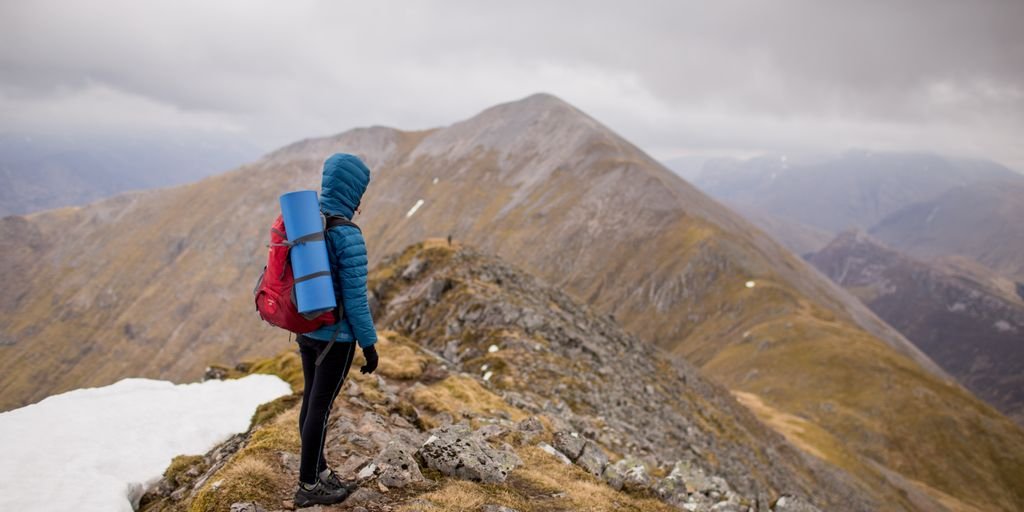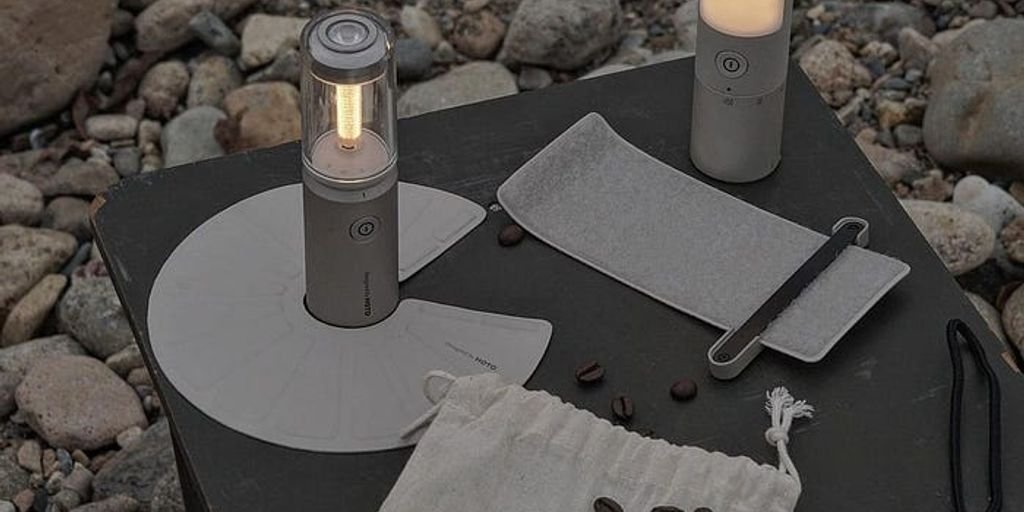For many, the allure of the outdoors is the thrill of the unknown and the beauty of nature. However, venturing into the wilderness requires preparation to ensure safety and enjoyment. This article highlights five essential pieces of equipment that every outdoor enthusiast should own. From navigation aids to emergency shelters, these items are crucial for anyone looking to explore the great outdoors, ensuring you are prepared for any situation.
Key Takeaways
- Navigation gear is essential to avoid getting lost and should include a map, compass, and GPS.
- Sun protection gear, including sunscreen, sunglasses, and a hat, is crucial to prevent sunburn and heatstroke.
- A reliable knife is a versatile tool necessary for gear repair, food preparation, and emergency situations.
- Fire starting kit, containing matches, a lighter, or a flint, is vital for warmth and cooking in the wilderness.
- Emergency shelter, such as a lightweight tent or bivy sack, is important for protection against harsh weather conditions.
1. Navigation Gear

All outdoor enthusiasts should carry a navigation kit to lessen the chance of getting lost in the wilderness. Your navigation tools should include a topographical map of the area you’ll be in, stored in a waterproof container. You also need a magnetic compass, and an altimeter or GPS receiver. It’s easy to lose your way, particularly if you’re in an area that you’re not familiar with.
It is crucial to familiarize yourself with the use of your navigation tools before heading out. This preparation can make a significant difference in your ability to navigate unfamiliar terrains safely.
Essential Navigation Tools:
- Topographical map
- Magnetic compass
- Altimeter or GPS receiver
Each tool plays a vital role in ensuring you can find your way and monitor your progress in the wilderness. Make sure to keep these tools accessible and in good working condition.
2. Sun Protection Gear

Exposure to UV rays can be dangerous for prolonged periods of time, making it essential to equip yourself with effective sun protection gear. Always carry a pair of quality sunglasses to shield your eyes, sunscreen for your skin and lips, and a hat to cover your head. Additionally, choosing the right clothing is crucial for an extra layer of protection over the skin.
Recommended Sun Protection Gear
- Sunglasses: Essential for protecting your eyes from UV rays.
- Sunscreen: Necessary for skin and lip protection.
- Hats: Preferably wide-brimmed for better coverage.
- Sun-protection clothing: Look for items with a UPF rating to indicate effectiveness against UVA and UVB light.
When selecting sun protection gear, consider the environment you will be in and choose products that offer the best protection for those conditions.
3. Knife

A knife is an indispensable tool for any outdoor enthusiast, serving multiple purposes from food preparation to emergency situations. Choosing the right knife depends on your specific needs and the nature of your outdoor activities.
Types of Knives
- Folding knife: Compact and safe, ideal for everyday carry.
- Multitool: Includes additional tools like screwdrivers, can openers, and scissors, suitable for more complex tasks.
- Pocket knife: Small and versatile, easy to carry in a pocket for quick access.
Recommended Knife
- Gerber Scout Clip Folding Knife
- Price: $59.95
A well-chosen knife not only enhances your outdoor experience but also ensures you are prepared for any situation. Whether you are slicing food, making repairs, or in an emergency, the right knife is a critical component of your gear.
4. Fire Starting Kit

Starting a fire is crucial for light, heat, and cooking when outdoors. While simple items like newspaper and matches can work, a fire starter kit is indispensable, especially in wet conditions. These kits often include items that ignite quickly and sustain heat, such as dry tinder, candles, and heat "nuggets". It’s essential to carry some type of fire starting resource, even on a day hike, as emergencies can arise unexpectedly.
Always ensure to extinguish fires completely to prevent forest fires.
Here are some common components of a fire starter kit:
- Dry tinder in a plastic bag
- Candles
- Priming paste
- Heat "nuggets" (chipped-wood clusters soaked in resin)
- Lint trappings from a household clothes dryer
For those looking for a reliable product, the Black Beard Essential Fire Starter Kit includes waterproof, windproof, and ultra-compact fire starters made from all-natural materials.
5. Emergency Shelter

Emergency shelters are crucial for outdoor safety, providing immediate protection from harsh weather conditions when you are stranded or injured. These shelters are designed to be compact, lightweight, and easy to deploy. Common types include ultralight tarps, bivy sacks, emergency space blankets, and even large plastic trash bags.
Recommended Emergency Shelter
- Product: SOL Emergency Bivvy with Rescue Whistle
- Price: $18.95
Always carry some type of emergency shelter to protect you from wind and rain in case you get stranded or injured on the trail. It’s important to understand that your tent is only your emergency shelter if you have it with you at all times.
Conclusion
In conclusion, equipping yourself with the right gear is crucial for any outdoor enthusiast looking to explore the great outdoors safely and enjoyably. From navigation tools to sun protection, each piece of equipment serves a vital role in preparing you for the unexpected and enhancing your overall experience. Remember, it’s not just about having these items, but also choosing high-quality, dependable products that meet your specific needs. Whether you’re a seasoned adventurer or a beginner, these essential pieces of equipment are indispensable for your outdoor adventures.
Navigation Gear
What should be included in a basic navigation gear kit for outdoor activities?
A basic navigation gear kit should include a topographical map, a magnetic compass, and a GPS receiver, all ideally stored in a waterproof container.
Is it necessary to have both a compass and a GPS for navigation?
While a GPS provides precise location data, a compass does not rely on batteries or satellite signals, making it a reliable backup for navigation.
How do I choose a good topographical map?
Choose a map that covers the specific area you’ll be exploring, with detailed terrain features and up-to-date trail information. Ensure it’s made from durable, waterproof material.
Can smartphone GPS apps replace traditional navigation tools?
Smartphone GPS apps can be useful, but they should not completely replace traditional tools like a physical map and compass, especially in areas with poor signal reception.
What skills are necessary to effectively use navigation gear?
Basic skills include map reading, understanding topographical symbols, using a compass, and GPS proficiency. It’s also advisable to practice these skills in a safe environment before heading into the wilderness.
Should I take a navigation course before embarking on backcountry adventures?
Yes, taking a navigation course can be highly beneficial. It provides practical, hands-on experience and ensures you’re prepared to handle navigation challenges during your adventures.


